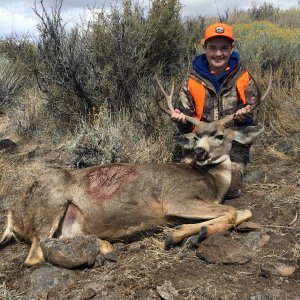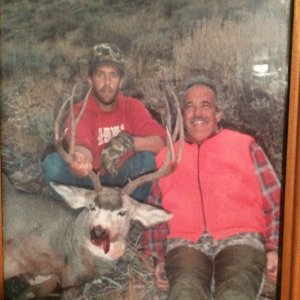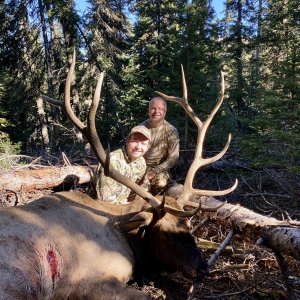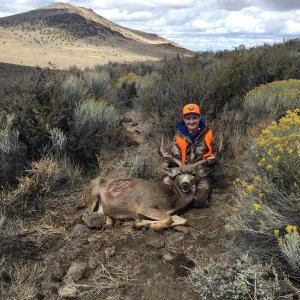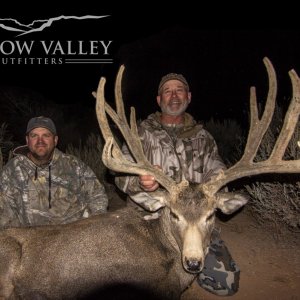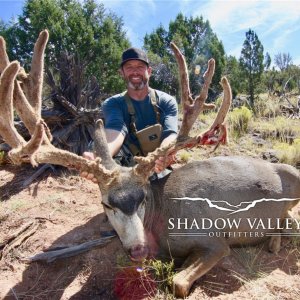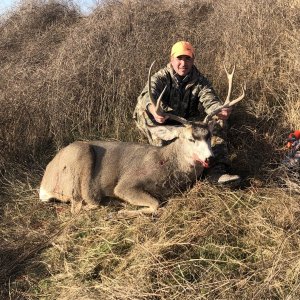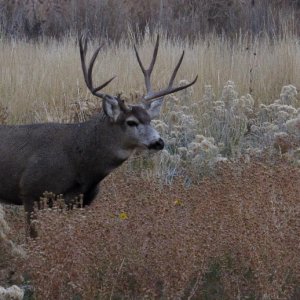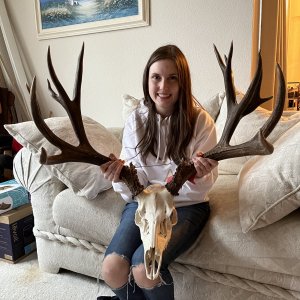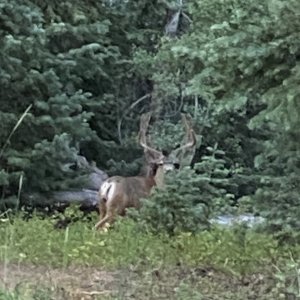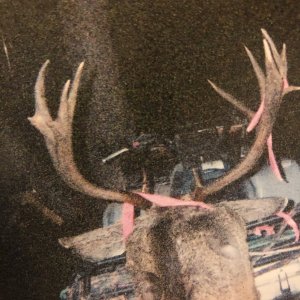blazingsaddle
Active Member
- Messages
- 546
LAST EDITED ON Jan-21-08 AT 01:08PM (MST)[p]Could someone tell me how/why the state manages their animals/ hunts? I mean, is it for money, or quality, or certain organizations. Is it for the loudest people? Or what the majority of the public want, or for the health of the herds, or for preservation of hunting? If the majority of the common utah hunters wanted something passed, or even stopped, would it happen? How is the Wildlife Board influenced? Are the WB members voted on or nominated?
I know its a lot of questions but I want to know how/where the DNR gets their direction. I just want a better understanding of how the system works. And why things are the way they are. Any help would be great. Sorry I meant to post this in the general area.
I know its a lot of questions but I want to know how/where the DNR gets their direction. I just want a better understanding of how the system works. And why things are the way they are. Any help would be great. Sorry I meant to post this in the general area.

